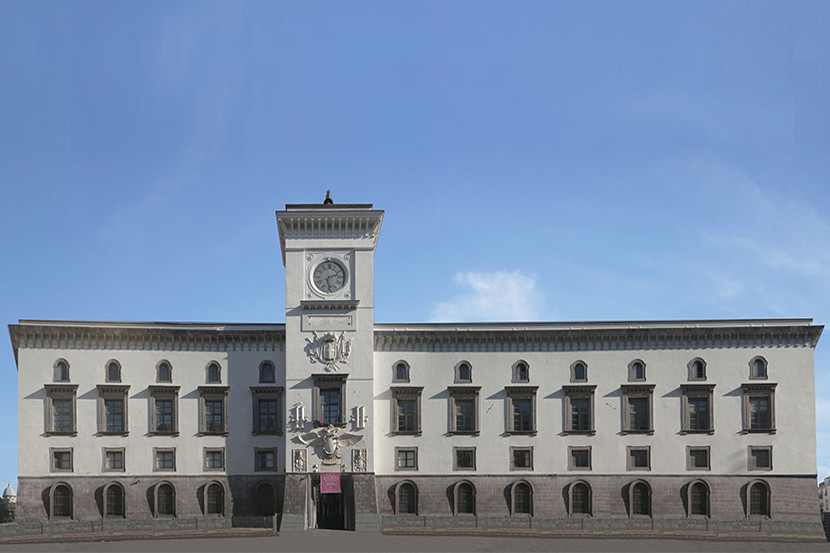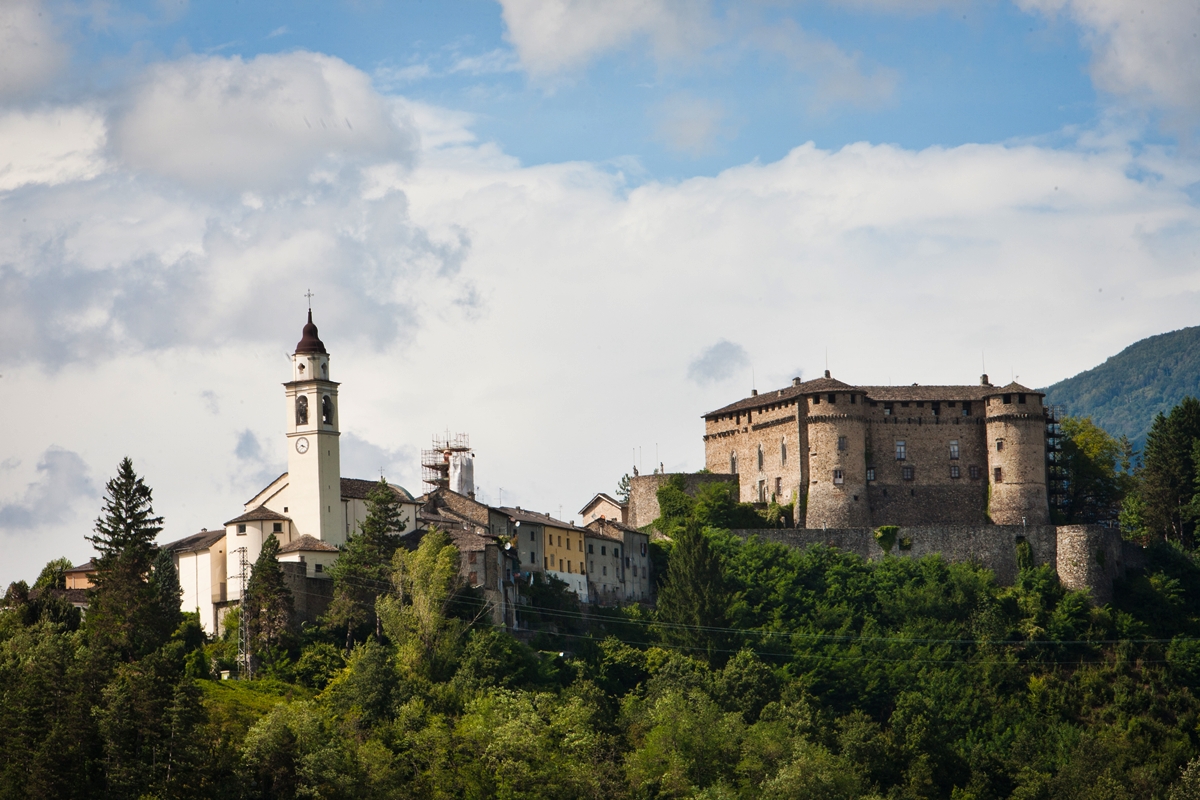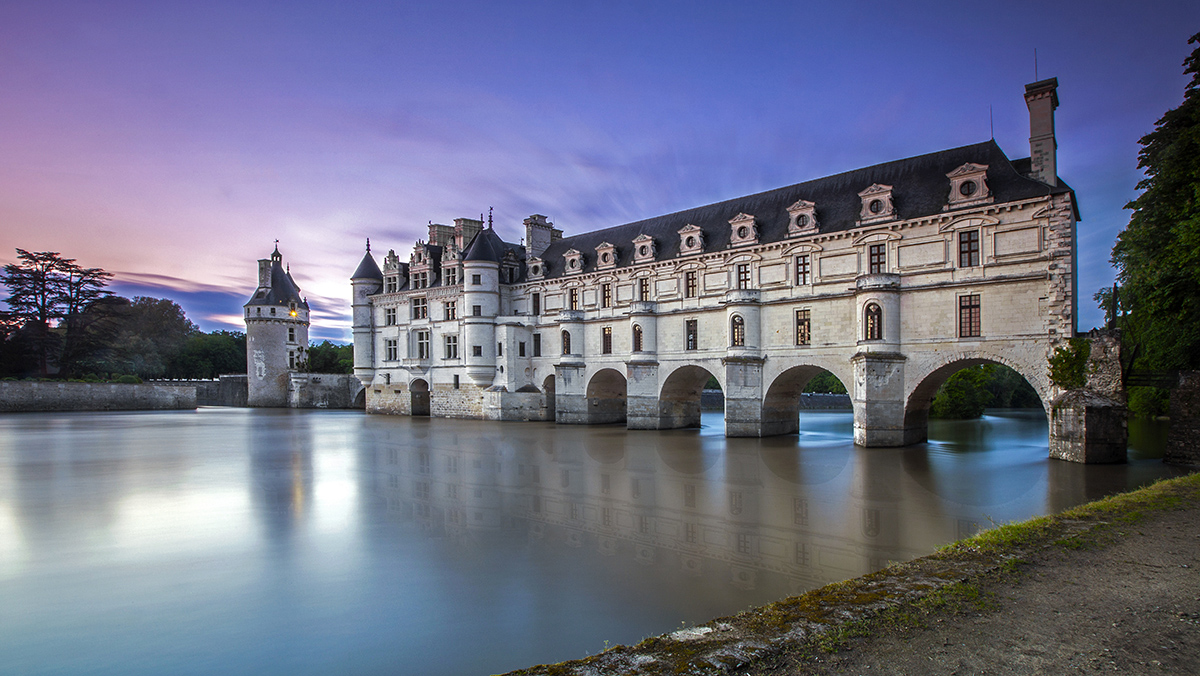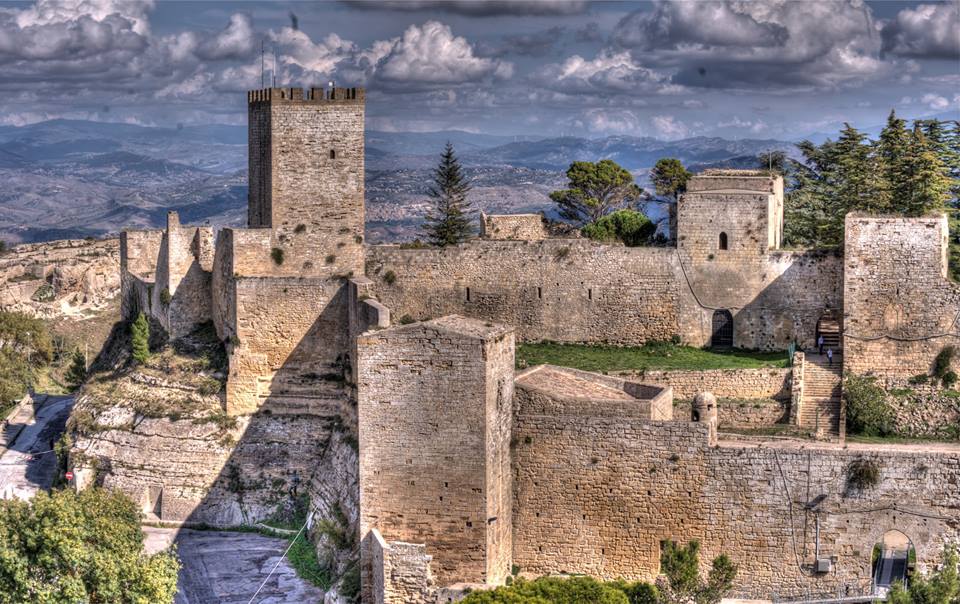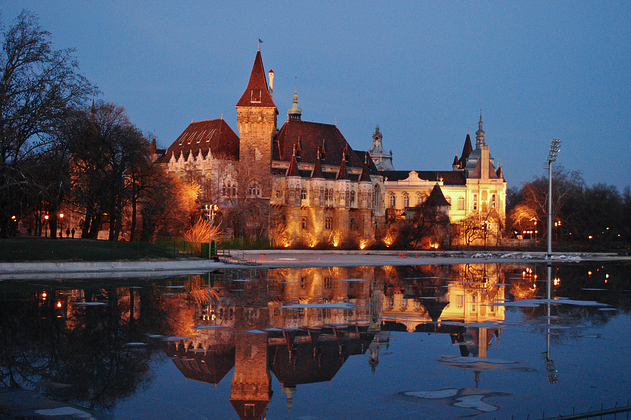The Castel Capuano is, after the Castel dell’Ovo, the oldest in Naples and was also the seat of the civil and criminal sections of the Court of Naples. It is a castle of Norman origin and its name derives from its proximity to the famous Porta Capuana.
It was the king of Sicily William I who ordered its construction in the second half of the 12th century and immediately the fortress became the seat of the royal family. It was built on the remains of an ancient cemetery, in fact during some excavations of the nineteenth century there were found several tombs. With Frederick II the appearance of the castle changed and became more dignified for a royal family losing some of the typical characteristics of a fortification. With the construction of the Maschio Angioino, Castel Capuano lost its vocation as a royal residence, although some members of the family and various illustrious guests continued to stay there. With the advent of the Spanish Viceroyalty, finally, it became Palace of Justice and underwent various architectural renovations both outside and inside, while the basements became prisons.
Outside there is an entrance portal with a plaque commemorating the victory of Charles V in Tunis surmounted by a large two-headed eagle, the coat of arms of the sovereigns of Spain. After the portal there is a courtyard with a portico that is the core of the castle, a place where judges, lawyers, witnesses and defendants met. Once inside, you can start your visit in one of the most beautiful rooms, the Hall of the Court of Appeal, which presents 18th century frescoes depicting allegories of the provinces of the kingdom.
On the first floor there is the Hall of Busts where you can admire the busts of the most important lawyers of the court and also here there are beautiful frescoes. From this room you can reach the Sala della Sommaria built around the middle of the 16th century, while in what is currently the Library there are about 80000 volumes of the 16th, 17th and 18th centuries. They represent, together, the Ancient Fund.
